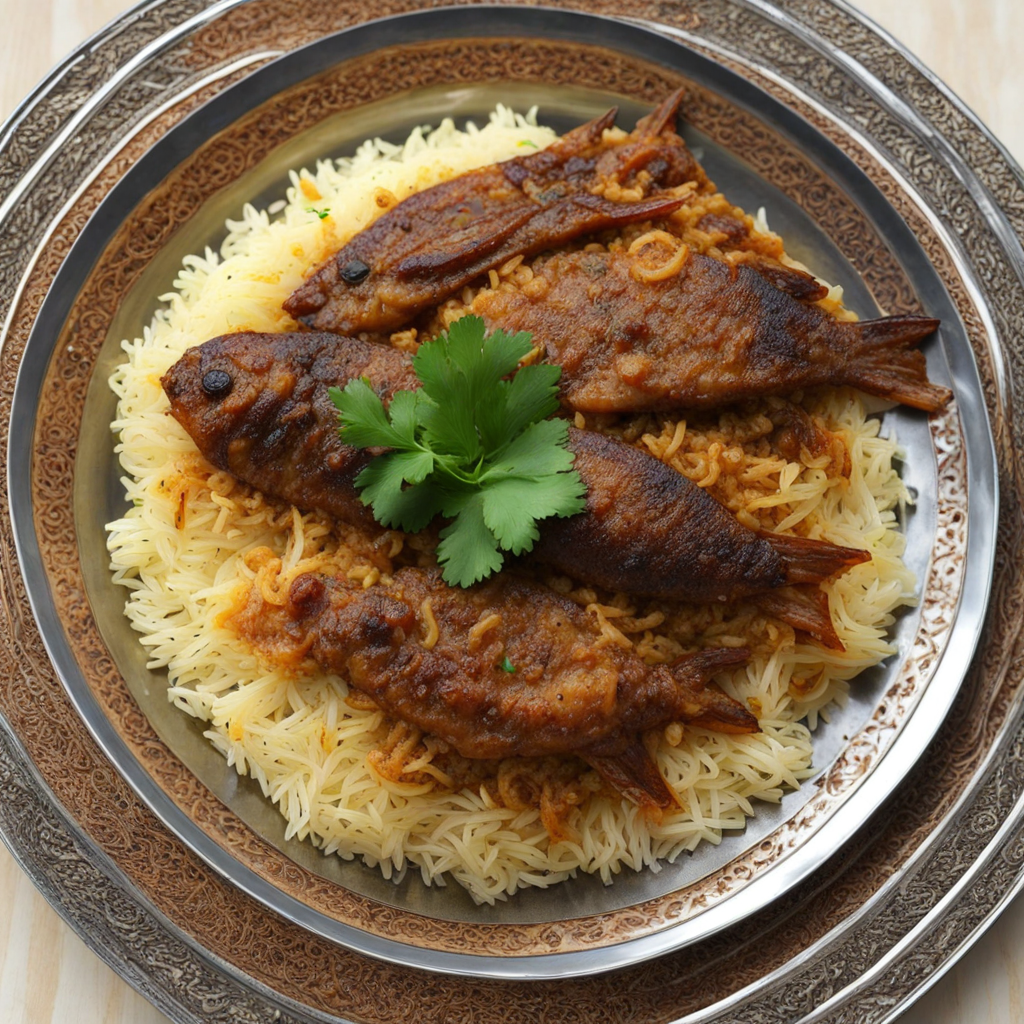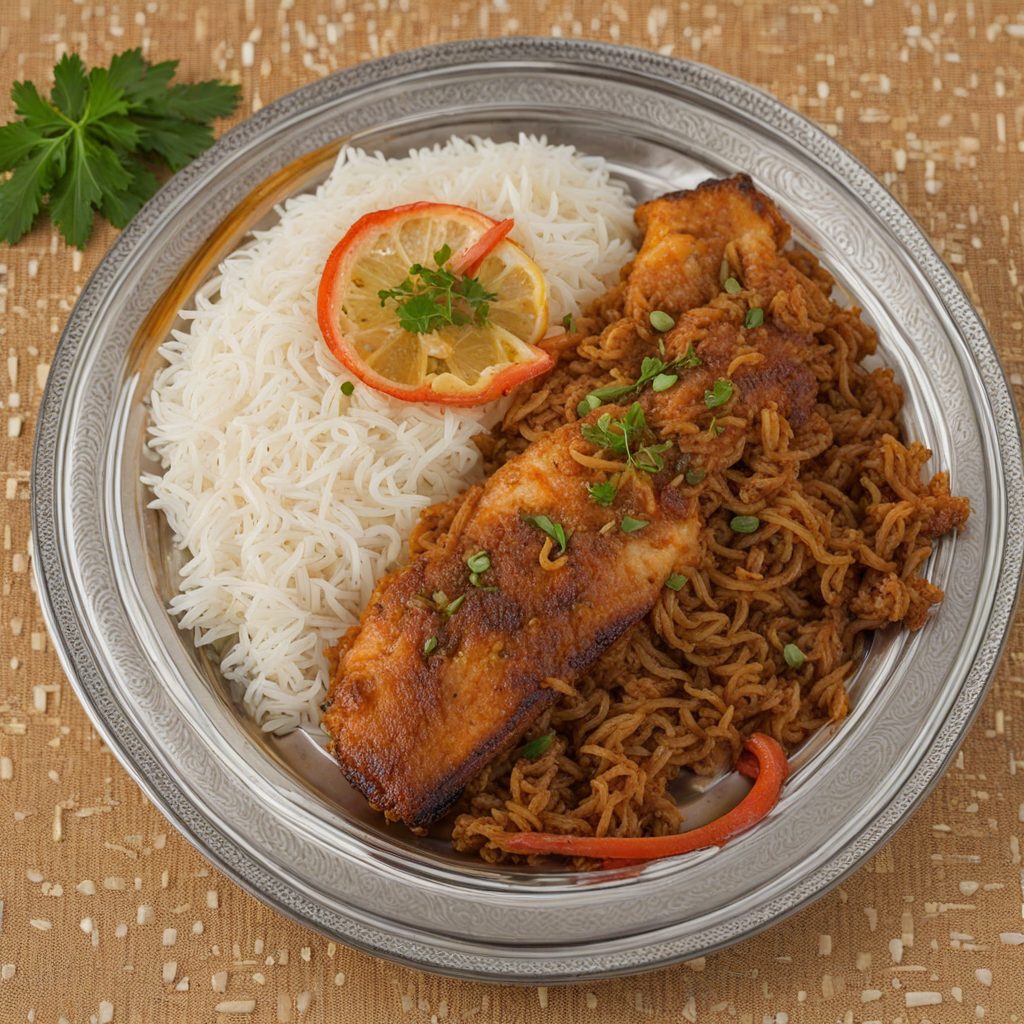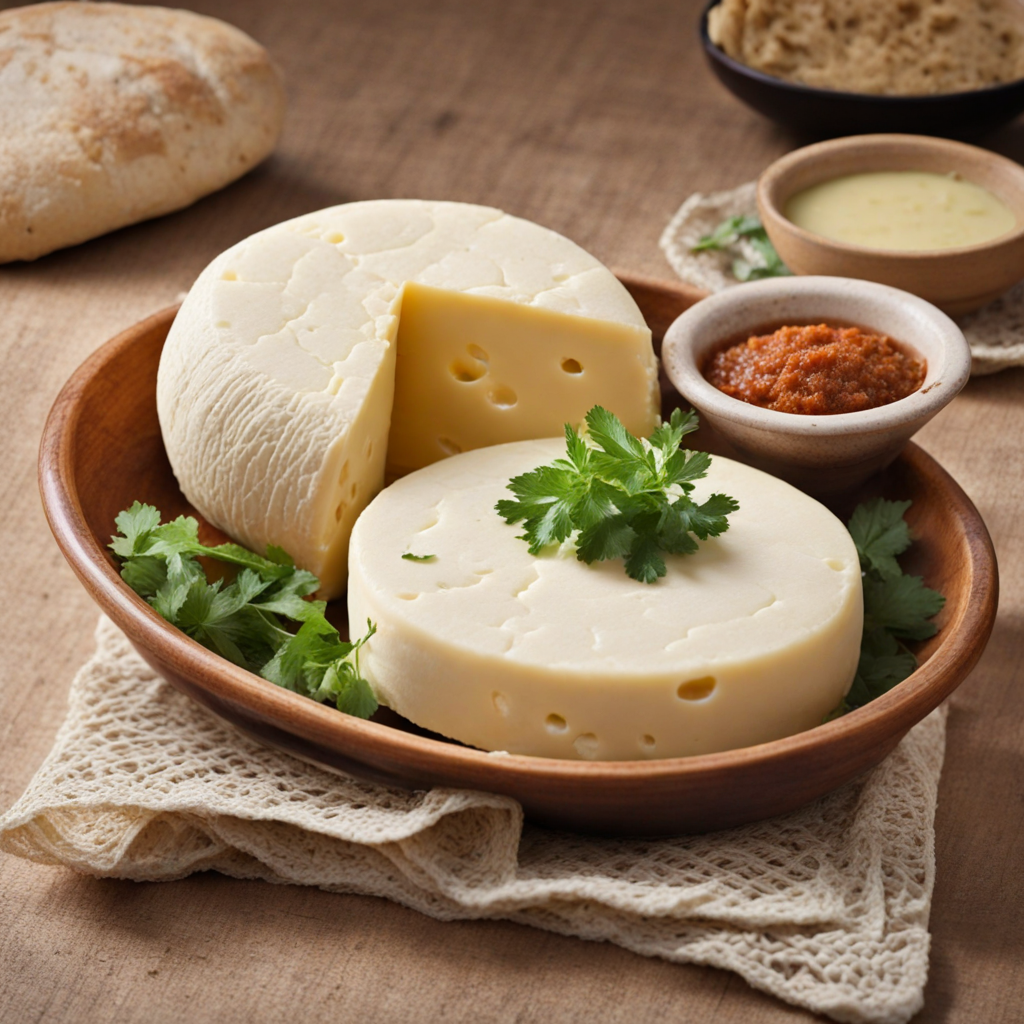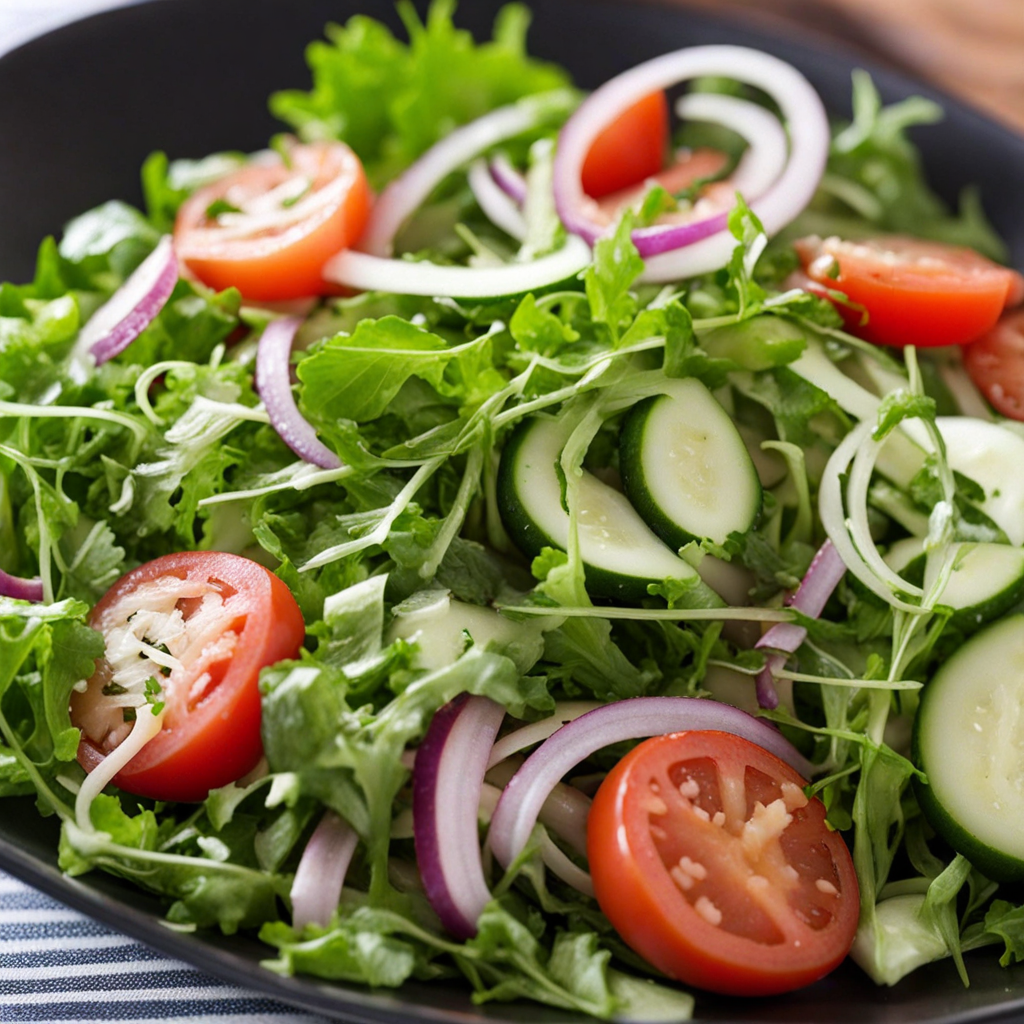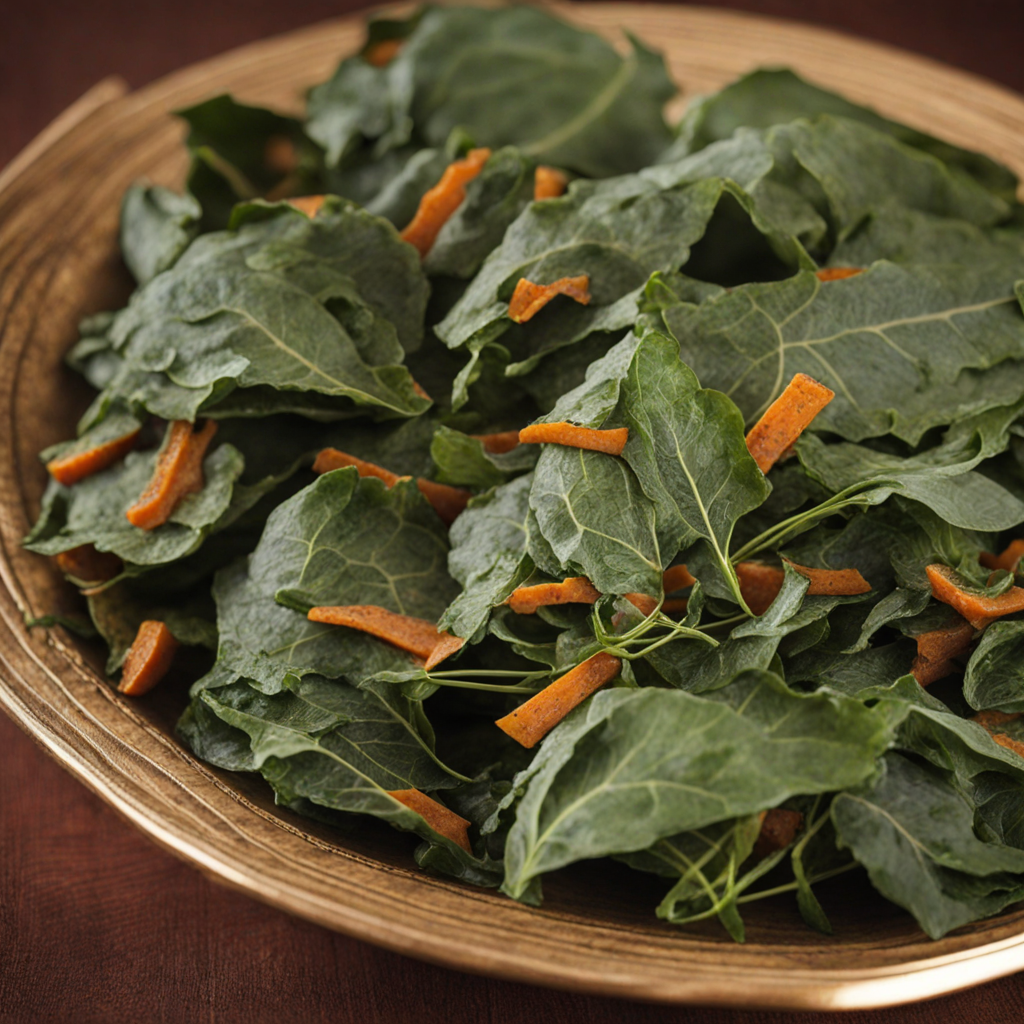Sayadia
Sayadia is a traditional Sudanese dish that beautifully showcases the rich culinary heritage of the region. This flavorful dish is primarily made with rice, fish, and a mix of aromatic spices that create a harmonious blend of tastes and textures. The fish, typically a freshwater variety, is often marinated with spices like cumin, coriander, and garlic, then fried to a crispy perfection. The rice, cooked alongside the fish, absorbs the savory juices and spices, resulting in a fragrant and satisfying base that complements the main ingredient perfectly. As you take your first bite of Sayadia, you'll experience a delightful medley of flavors. The crispy fish provides a satisfying crunch, while the rice is fluffy and infused with the essence of sautéed onions and spices. The dish is often garnished with fresh herbs like parsley or coriander, adding a burst of freshness that elevates the overall experience. A squeeze of lemon or a dash of chili sauce can be added according to personal preference, allowing for a customizable taste that can range from mild to exhilaratingly spicy. Sayadia is not just a meal; it’s a cultural experience that brings people together. Often served during gatherings and celebrations, this dish embodies the communal spirit of Sudanese dining. Accompanied by a side of fresh salad or a tangy sauce, Sayadia invites you to savor every bite while sharing stories and laughter with loved ones. Whether you’re discovering it in a bustling market or enjoying it at a family gathering, Sayadia promises a unique and unforgettable taste of Sudanese cuisine.
How It Became This Dish
The Culinary Legacy of سيادية: A Sudanese Delight #### Origins and Ingredients سيادية (pronounced "Siyadiya") is a traditional dish from Sudan that reflects the rich tapestry of the country’s culinary heritage. The roots of this dish can be traced back to the confluence of various cultures that have influenced Sudan over centuries, including Arab, African, and Mediterranean culinary traditions. The primary ingredients of سيادية are rice and fish, which are staples in Sudanese cuisine. The dish often features a variety of spices, herbs, and condiments that add depth and flavor, with common ingredients including cumin, coriander, garlic, onion, and chili peppers. The use of fish in سيادية is particularly significant, as it reflects Sudan's geographical disposition along the Nile River and proximity to the Red Sea. Historically, fishing has been a crucial livelihood for many Sudanese communities, especially those living near water bodies. The preparation of سيادية often involves frying or grilling fish, typically Nile perch or tilapia, which are abundant in the region. #### Cultural Significance سيادية is more than just a dish; it embodies the spirit of Sudanese hospitality and communal living. Traditionally, it is served during special occasions such as weddings, religious holidays, and family gatherings, symbolizing togetherness and celebration. The act of sharing a meal of سيادية reinforces social bonds and highlights the importance of family and community in Sudanese culture. Moreover, سيادية showcases the Sudanese philosophy of food as a source of nourishment and joy. The dish is often accompanied by a variety of side dishes, such as salads and sauces, which complement the flavors of the rice and fish. The inclusion of different accompaniments allows families to personalize the meal, making it a canvas for creativity and individual expression. #### Development Over Time The evolution of سيادية can be seen through various phases influenced by historical events, trade routes, and cultural exchanges. The arrival of Arab traders in Sudan during the medieval period brought new culinary techniques and ingredients, which gradually integrated into local practices. This exchange played a pivotal role in shaping the flavors and preparation methods of سيادية, making it a fusion of indigenous and Arab cuisine. In the 19th century, with the expansion of the Ottoman Empire into Sudan, additional influences emerged. The Ottomans introduced new spices and cooking techniques, further enriching the culinary landscape. This period saw the incorporation of more sophisticated methods of preparing rice dishes, which influenced how سيادية was crafted. The dish became more elaborate, with the addition of saffron and other aromatic spices, elevating its status in Sudanese society. The colonial era also impacted the food culture in Sudan. The British and Egyptian occupations brought about significant changes to agricultural practices and trade. New varieties of rice and fish were introduced, which altered the traditional recipes of سيادية. This time also marked a shift in how meals were consumed; the influence of Western dining customs began to seep into the Sudanese culinary scene, leading to adaptations in the presentation and serving of traditional dishes. In the latter half of the 20th century, as Sudan underwent dramatic political and social changes, the culinary landscape also adapted. The civil conflicts and subsequent displacements experienced by many Sudanese people led to migrations that brought the flavors of سيادية to different parts of the world. Sudanese expatriates began to prepare and share their traditional dishes in their new homes, which helped to preserve and promote their cultural identity. #### Modern Interpretations Today, سيادية continues to evolve while maintaining its traditional roots. In urban centers like Khartoum, modern chefs have begun to experiment with the dish, incorporating international cooking techniques and global flavors. Some chefs have added contemporary twists, such as using quinoa instead of rice or incorporating ingredients from other cuisines, showcasing the adaptability of سيادية. Social media has played a pivotal role in the resurgence of interest in traditional Sudanese dishes, including سيادية. Food bloggers and influencers are sharing recipes, cooking tips, and culinary stories, helping to educate a new generation about the importance of preserving their culinary heritage. This digital platform has fostered a sense of community among Sudanese food lovers, allowing them to connect over shared experiences and recipes. Moreover, as the global food scene increasingly embraces diversity, there has been a growing interest in authentic Sudanese cuisine. Restaurants serving traditional dishes, including سيادية, are popping up in various parts of the world, allowing people to experience the flavors of Sudan beyond its borders. This newfound appreciation is helping to elevate the status of Sudanese cuisine internationally, highlighting its uniqueness and complexity. #### Conclusion In conclusion, سيادية is more than just a dish; it is a symbol of Sudan’s rich cultural heritage, reflecting the country’s history, traditions, and the resilience of its people. From its origins rooted in the Nile and the Red Sea to its modern interpretations, سيادية has adapted and thrived through centuries of change. As Sudanese communities continue to celebrate their culinary traditions while embracing innovation, سيادية stands as a testament to the power of food in bringing people together, preserving history, and fostering cultural pride. Whether enjoyed at a festive gathering or a casual family dinner, this beloved dish captures the essence of Sudanese identity, making it a cherished part of the nation’s culinary legacy.
You may like
Discover local flavors from Sudan


